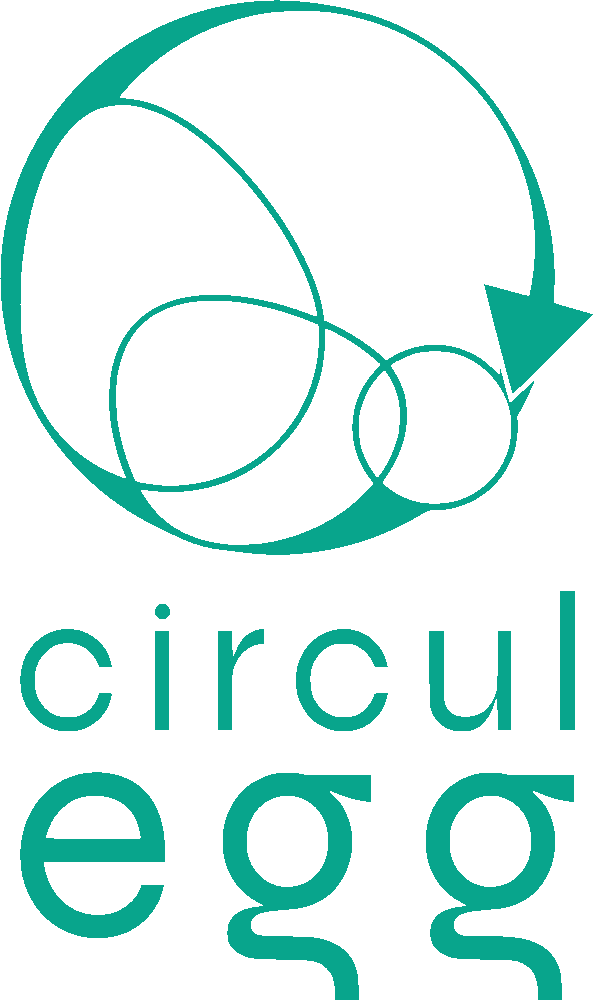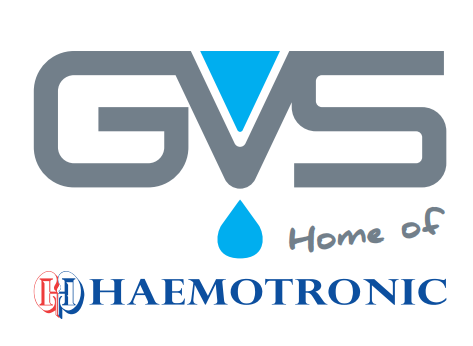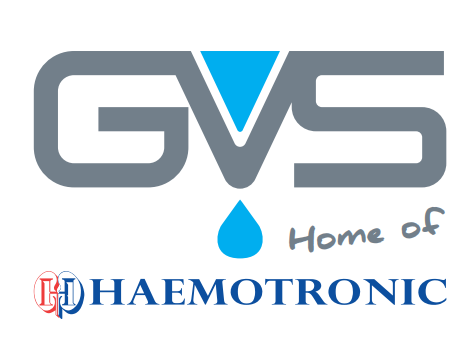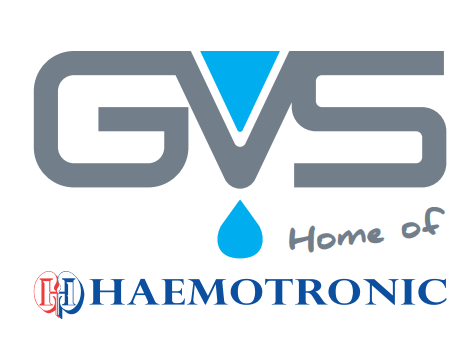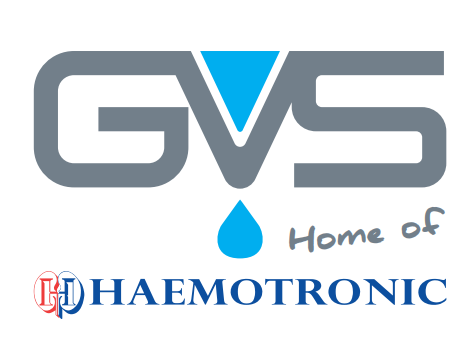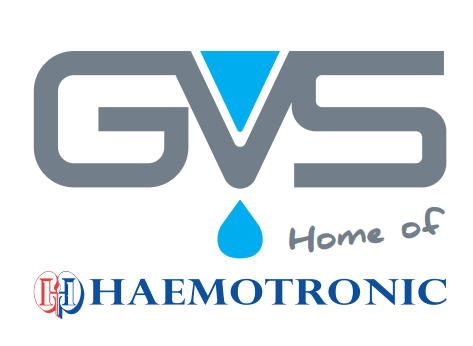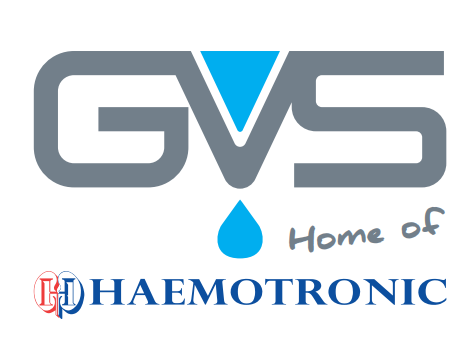Title Page
-
Site conducted
-
Conducted on
-
Prepared by
-
Area of Audit
SORT
TOOLS
-
There are no outdated documents (work instructions, MRBs, Work Orders, ect.)
-
There are no extra / unnecessary tools cluttering workstations
-
If there are multiple of the same tool, its because the tool is in use by several operators at the same time
MATERIALS
-
Only required parts are in the area.
-
Retired parts are removed from lines
-
CULTURE
-
Employees are knowledgeable about Red Tags and the Red Tag Process
-
Red Tag Events are held to upkeep 5S Standards
-
Employees are continuously Sorting / Red Tagging Items in workstations
-
Red Tagged Items are moved to Facility Red Tag location after (x period of time)
-
WORKSTATION
-
I
LINE
-
There are no unwanted items cluttered on the floor
-
Tops and insides of all cupboards, shelves, tables, etc. are free of unwanted items
-
There is a designated place for Red Tagged Items
-
There is a generally clutter-free appearance
SET
TOOLS
-
TOOLS have a designated storage area that is within reach of the user/operator. The location is properly labeled and a system is in place to identify tools that are absent (shadowboard, etc.)
WORKSTATION
-
Working conditions are ERGONOMICALLY FRIENDLY Tools and other items needed for daily work are stored at appropriate heights, antifatigue mats are in place where applicable, related safety signage is displayed clearly, etc
-
All cables, wires, pipes etc. are neat and straight
MATERIALS
-
Evidence of inventory control exists (i.e. Kanban cards, FIFO, minimum/maximum, etc.)
-
Locations for CONTAINERS, WIP'S, BOXES, BINS, etc. are clearly defined via signs or marked/taped lines and properly labeled
CULTURE
-
It is easy to find any item/document without delay
LINE
-
There is a general appearance of orderliness
-
Work areas requiring PERSONAL PROTECTIVE EQUIPMENT (PPE) are clearly marked (floor tape, safety signs/labels, etc.)
-
All workstations, racks, rooms, cubicles and similar areas are clearly numbered or named
SHINE
TOOLS
-
Machines, equipment, tools, furniture are maintained at a high level of cleanliness and necessary maintenance schedules are displayed
WORKSTATION
-
WORK AREAS (Machines, workbenches, dies, and other equipment including electrical boxes) are kept clean and painted
LINE
-
There is posted SCHEDULE showing times, frequency, and responsibilities to clean areas of workspace
-
All CLEANING EQUIPMENT is neatly stored and is readily available when needed
-
There is a general appearance of cleanliness all round
CULTURE
-
There is a set time every day, week, month, ect to clean area
-
Employees actively participate in keeping their work areas clean
-
Cleaning assignments are defined and are being followed
STANDARDIZE
STANDARDIZE
-
Information displays, signs, color coding and other markings are established
-
Procedures for maintaining the first three S's are being displayed
-
5S checklists, schedules, and routines are defined and being used
-
Everyone knows his responsibilities, when and how
-
Regular audits are carried out using checklists and measures
-
TOOLS, EQUIPMENT, PAPERWORK, FURNITURE, ETC is stored neatly in designated areas and are returned to their proper homes immediately after use
-
Equipment MAINTENANCE RECORDS are visible and clearly state when maintenance last occured
-
PRODUCT WASTE (shavings, containers, liquids, wrappers, etc.) is consistently and regularly cleaned up and removed from workspace
-
PREVENTATIVE MEASURES have been implemented to ensure the workplace meets 5S guidelines (e.g., systems that do not allow waste to accumulate such as containers to collect product debris from machines)
-
The WORK ENVIRONMENT satisfies the requirements of the work being performed Lighting brightness and color, temperature, air flow and quality etc
-
AREAS FOR IMPROVEMENT identified during the previous audit have been addressed and completed
-
There is a daily checklist used to standardize 5s procedures and on display
-
There are standard check lists used to regularly inspect 5S
-
All labels, notices etc. are standardized and uniform
-
Aisles/pathways have a standard size and color
-
Pipes, cables etc. are color coded
-
The RESULTS OF THE PREVIOUS AUDIT are posted and clearly visible for the entire team
SUSTAIN
SUSTAIN
-
5S seems to be the way of life rather than just a routine
-
Success stories are being displayed (i.e. before and after pictures)
-
A member of MANAGEMENT has participated in a 5S activity such as an audit or other activity within the past 3 audit periods
-
RECOGNITION is given to teams who get involved in 5S activities
-
TIME AND RESOURCES are allocated to 5S activities (e.g., designated daily/weekly cleanup time, 5S Team Leader)
-
All operators, team leaders, supervisors, etc. are assigned 5S ACTIVITIES to be completed at least once a week
-
The team took the INITIATIVE to make improvements to the workplace that were NOT identified during the last audit
-
There is a system for how and when the 5S activities will be implemented
-
The first 3S have become a part of the daily work
-
Employees show positive interest in 5S activities
-
5S posters and 5S points of work reminders are displayed
-
There are trainings and other programs implemented to sustain workplace organization
Verify
-
Sign Below
-
Date






